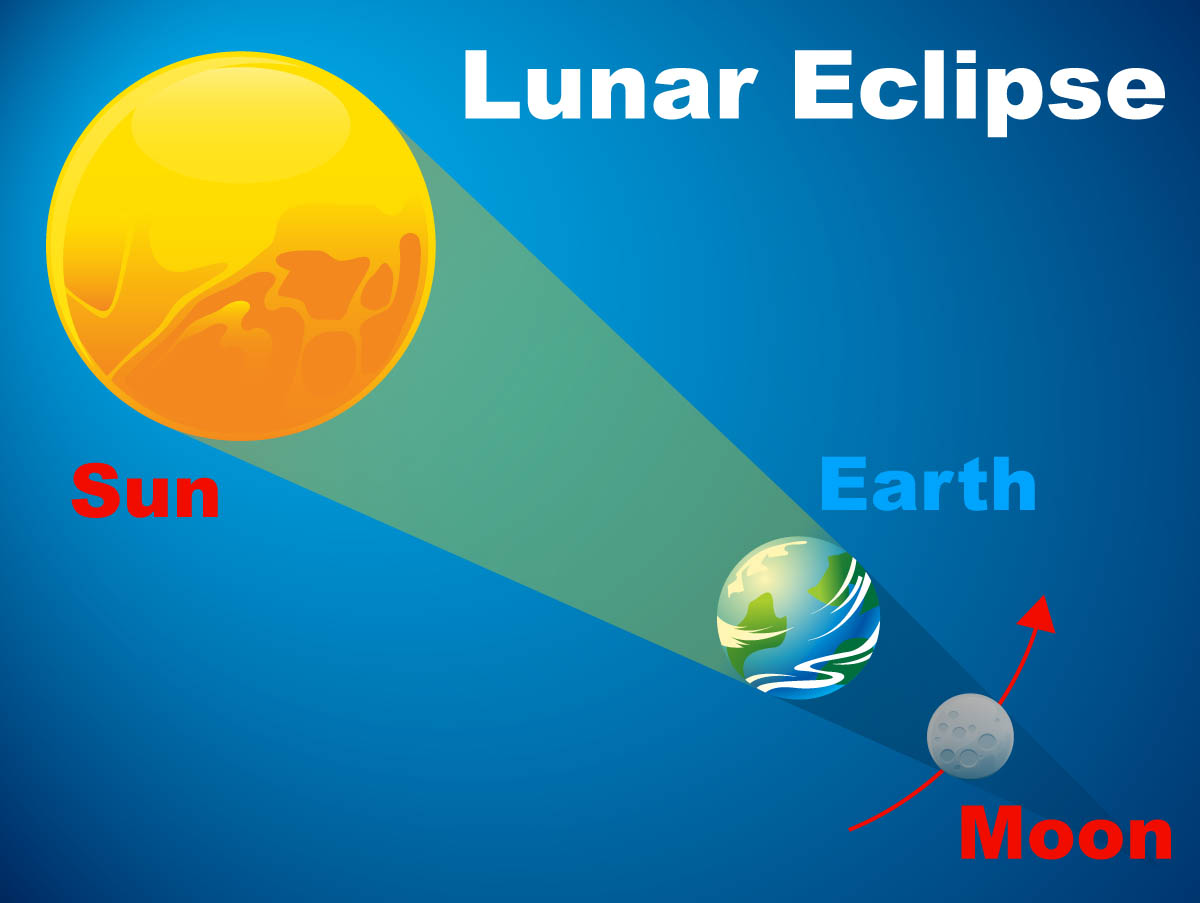DENVER (KDVR) — The first and only total lunar eclipse of 2021 will happen on Wednesday morning.
The “Super Flower Blood Moon Total Lunar Eclipse” will start at 5:11 a.m. on Wednesday and last for 14 minutes.
The last total lunar eclipse happened in January of 2019. The next one won’t be until May of 2022.
The “Full Flower Moon” got its name because of the abundance of springtime flowers in the Northern Hemisphere around this time, according to the Farmer’s Almanac. May is also the time when farmers begin to seed their fields after hard frosts have ended.
When can you see the total lunar eclipse in Denver?
- Partial eclipse begins: 3:44 a.m.
- Total eclipse begins: 5:11 a.m.
- Maximum eclipse: 5:18 a.m.
- Total eclipse ends: 5:25 a.m.
- Part eclipse ends: 6:52 a.m.
Meteorologist Kylie Bearse says that skies will be clear across the Front Range on Wednesday morning.
What you’ll see when the lunar eclipse happens
If sky conditions allow and clouds stay away, you’ll see a blood-red full moon and a spectacular show. As this will be happening around dawn in the mountain and Pacific time zones, the farther west you go, the darker the skies and deeper red the moon will appear. If you find yourself in Hawaii, the eclipse will be most dramatic, peaking shortly after 1am local time with a bright, red blood moon!

Why will the moon look red?
The moon turns a reddish hue when the darkest of our planet’s shadow crosses it because the sunshine striking Earth on the daylight side is refracted around to the edge of the atmosphere on the night side and projected into a cone onto the moon. It’s called, “blue light scattering.” Literally, the red sky color from our sunsets and sun rises happening on Earth in real time, are projected onto the moon.
Where is the best place to see the eclipse?
If you’re dedicated and determined to see the eclipse happen early Wednesday morning, you want to make sure your view isn’t blocked. If you live close to the foothills, you won’t be able to see much because the mountains are too tall. If you’re in the metro area, the further east you are the better.
“The mountains can obscure the view of the moon,” said Ron Hranac with Denver Astronomical Society. “You want to seek out a higher location to the east like Daniel’s Park.”
It’s important to find a location with a clear and unobstructed view to the south-west horizon and get as far away as possible from buildings and trees. A wide empty parking lot could also be ideal.
“You don’t need any special filters, you don’t need a telescope, even though it is fun to observe a lunar eclipse with binoculars that might help you see a little more detail or color,” said Hranac. “If you want to set up a telescope or something like that, it’s fun to observe a lunar eclipse with one.”
According to Colorado Parks and Wildlife, one of the best places in the state to stargaze is Jackson Lake State Park, recently certified as an International Dark Sky Park.
In Colorado we can see a lunar eclipse, either partial or total, every couple years on average.
“Tomorrow’s lunar eclipse will be visible from just the western third of the U.S. so people on the east coast will miss out on the total phase of the eclipse since the moon will have already set for them.” said Hranac.
The two lunar eclipses in 2022 will happen May 15 and Nov. 8, however the eclipse in May will have better viewing hours than the one happening in November.
On May 15, 2022, the eclipse’s partial phase will start at 7:57 p.m. and end at 10:53 p.m.
